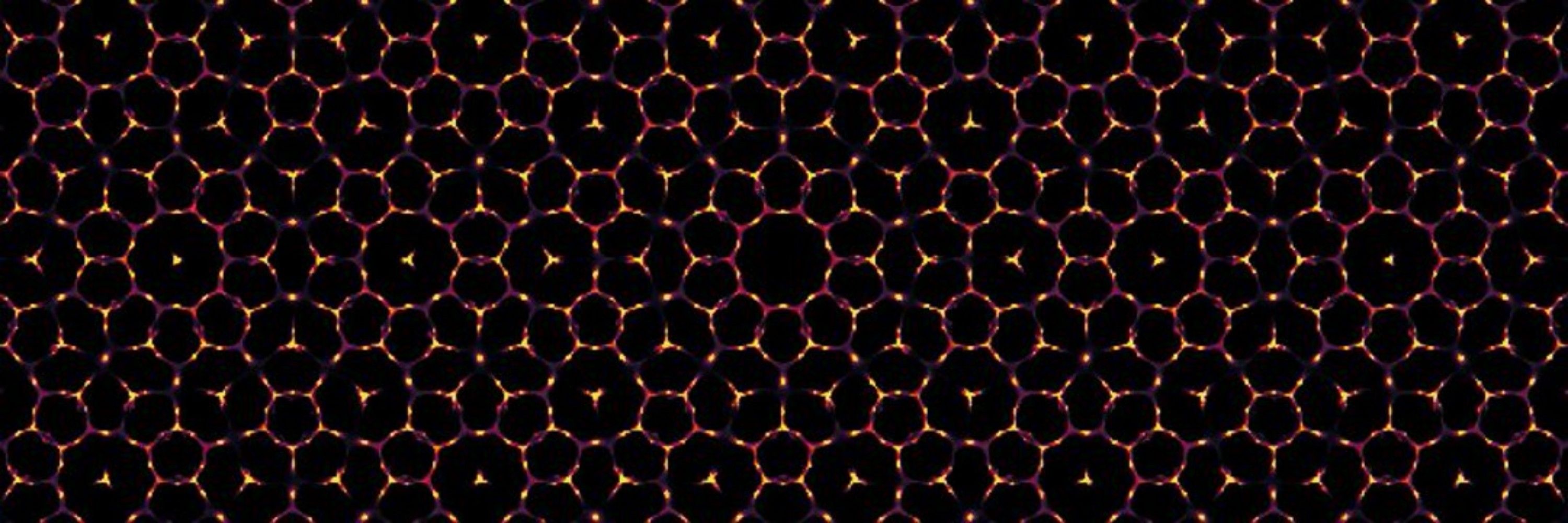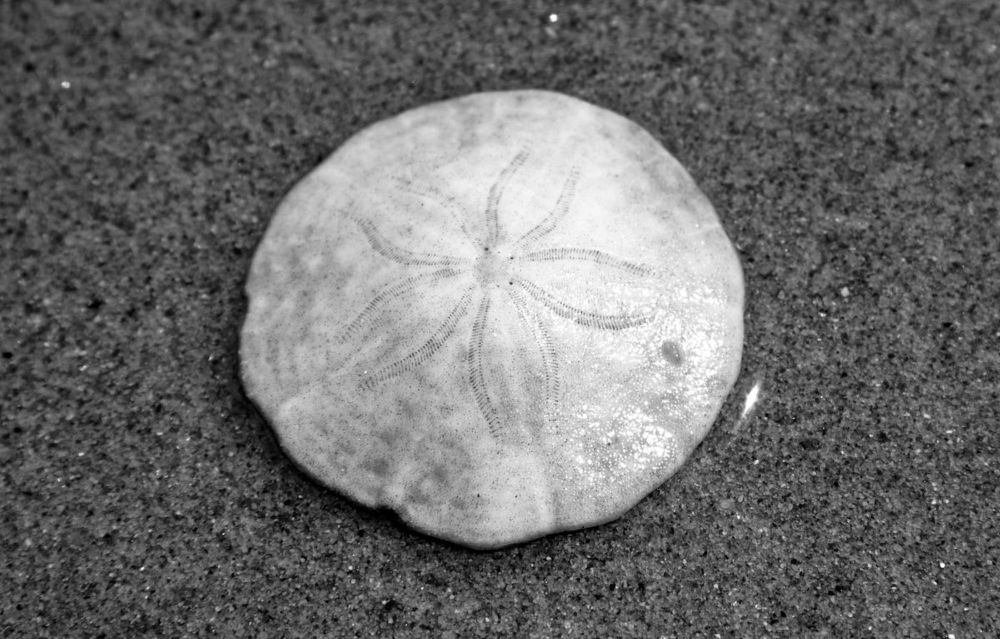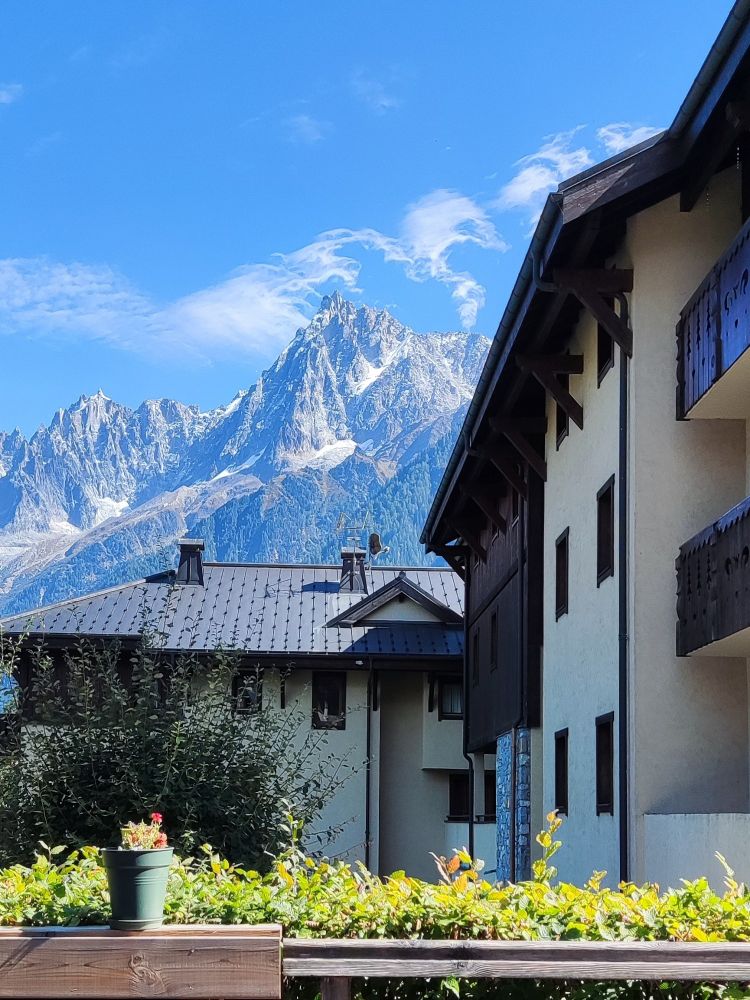
Many inspiring papers published in Optica's journals were read in the making of this work, so it feels like a nice loop 😄
www.optica-opn.org/home/newsroo...

Many inspiring papers published in Optica's journals were read in the making of this work, so it feels like a nice loop 😄
www.optica-opn.org/home/newsroo...
So, say you're studying some critical transition. How do you catch its universality? Pair correlations? Boring!
We threw line segments at the system, looked at intersections with clusters, and uncovered static and dynamical universal behavior of MIPS!
arxiv.org/abs/2511.09444

So, say you're studying some critical transition. How do you catch its universality? Pair correlations? Boring!
We threw line segments at the system, looked at intersections with clusters, and uncovered static and dynamical universal behavior of MIPS!
arxiv.org/abs/2511.09444
While looking for the ideal isotropic bandgap material, we actually discovered new structures.
These structures lie at the border between order and disorder, and that's good for optics!
More about their structure here,
tinyurl.com/3aej53ht
⚛️🧪

While looking for the ideal isotropic bandgap material, we actually discovered new structures.
These structures lie at the border between order and disorder, and that's good for optics!
More about their structure here,
tinyurl.com/3aej53ht
⚛️🧪
And it is an opportunity to thank my collaborators on this project, special shout-out to Eden+Matan for the experiments on robots that motivated this!
www.pnas.org/doi/10.1073/...

And it is an opportunity to thank my collaborators on this project, special shout-out to Eden+Matan for the experiments on robots that motivated this!
www.pnas.org/doi/10.1073/...
Wikipedia has linked sources and an edit history showing where information came from and who added it when
An LLM just generates text
Wikipedia has linked sources and an edit history showing where information came from and who added it when
An LLM just generates text
As a first step, scientists must communicate to the larger world much better.
I wrote an essay about this in 2016, which still holds today.
globalecoguy.org/science-comm...

As a first step, scientists must communicate to the larger world much better.
I wrote an essay about this in 2016, which still holds today.
globalecoguy.org/science-comm...



arxiv.org/abs/2409.121...
arxiv.org/abs/2409.121...
We show that it really matters how their mass is distributed to know how they behave as a collective... Depending on whether they have a heavy head or a heavy back, robots flock or cluster!
arxiv.org/html/2409.04...
We show that it really matters how their mass is distributed to know how they behave as a collective... Depending on whether they have a heavy head or a heavy back, robots flock or cluster!
arxiv.org/html/2409.04...
hyperuniformity.sciencesconf.org

hyperuniformity.sciencesconf.org
If you care about correlated disorder, this is probably a good read!
journals.aps.org/pre/abstract...

If you care about correlated disorder, this is probably a good read!
journals.aps.org/pre/abstract...
I decided I would come back on social media a bit more in the near future, partly because I am now on the ✨Job Market✨
Since I had left the bad place for good already I took the time to re-follow a lot of you.
I hope we can rebuild a vibrant interdisciplinary academic community here!

I decided I would come back on social media a bit more in the near future, partly because I am now on the ✨Job Market✨
Since I had left the bad place for good already I took the time to re-follow a lot of you.
I hope we can rebuild a vibrant interdisciplinary academic community here!
github.com/martiniani-l...
github.com/martiniani-l...
After months of extra work, our FReSCo framework to embed arbitrary spectral properties into point patterns has greatly expanded!
Threads aren't a thing here so I'll be short: dynamics of points go CHOO CHOO in Fourier space! 🚂
shorturl.at/fjkn6
arxiv.org/abs/2305.15693

After months of extra work, our FReSCo framework to embed arbitrary spectral properties into point patterns has greatly expanded!
Threads aren't a thing here so I'll be short: dynamics of points go CHOO CHOO in Fourier space! 🚂
shorturl.at/fjkn6
arxiv.org/abs/2305.15693
Nice throwback to our perspective on how to compute their volumes too! More on that soon™️ 👀
www.papersinphysics.org/papersinphys...

Nice throwback to our perspective on how to compute their volumes too! More on that soon™️ 👀
www.papersinphysics.org/papersinphys...
Kudos to the organizers, it's been a fantastic two weeks!

Kudos to the organizers, it's been a fantastic two weeks!
And yes, spoiler alert, photonics is coming back to my research very soon 👀

And yes, spoiler alert, photonics is coming back to my research very soon 👀

physics.aps.org/articles/v16...

physics.aps.org/articles/v16...

